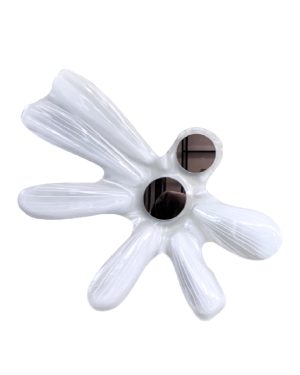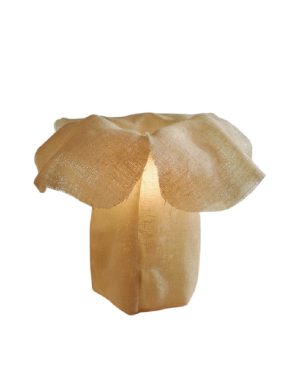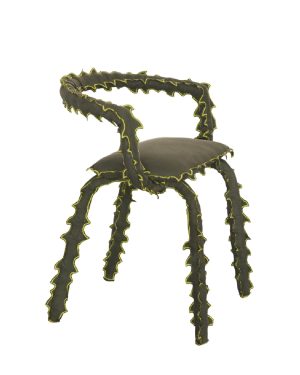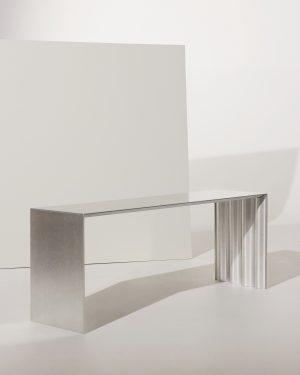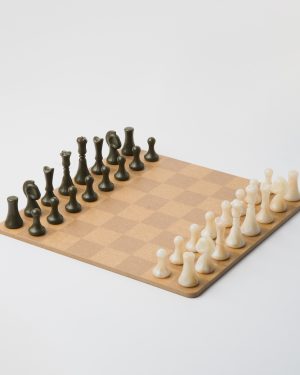Norwegian design embodies simplicity, functionality, and connection to nature. It is characterized by clean lines, minimalism, and a deep respect for craftsmanship and natural materials.
- Simplicity and Functionality: Emphasizes practicality and user-friendly design.
- Nature-Inspired: Draws heavily on Norway's stunning natural landscapes for inspiration.
- Craftsmanship and Materials: Showcases the use of wood, wool, and other natural resources.
Contemporary Norwegian Designers
Norway is home to designers who have made significant contributions to the field, blending traditional techniques with modern innovation.
- Kim Thomé: Creates captivating exhibitions that manipulate perceptions of light and color through optical illusions.
- Noidoi Design Studio: Works across a broad spectrum of design, placing an emphasis on usability, materiality, and craftsmanship.
- Eyvind Solli: Specializes in manipulating clay to alter visual perception and explore gravity through precarious balance in his sculptures and installations.
Common Materials Norwegian Design
The choice of materials in Norwegian design reflects the country's ecological diversity and environmental values.
- Wood: Predominantly used in furniture, architecture, and interior design.
- Wool: Essential for Norwegian textiles and fashion, celebrated for its quality and warmth.
- Recycled and Sustainable Materials: Increasingly prominent, reflecting Norway's commitment to sustainability.
Defining Characteristics of Norwegian Design
Norwegian design is known for its minimalist aesthetic, functionality, and integration with nature.
- Minimalism: Aesthetic simplicity that focuses on what is functional and necessary.
- Integration with Nature: Designs that harmonize with the natural environment.
- Innovation and Sustainability: A forward-thinking approach that includes sustainable practices.
Modern Perception of Norwegian Design
Today, Norwegian design is acclaimed for its sustainability, innovation, and how it enhances quality of life.
- Global Recognition: Norwegian design is celebrated internationally for its aesthetic appeal and practicality.
- Sustainability Focus: Seen as a leader in eco-friendly and sustainable design solutions.
- Quality of Life Enhancement: Designs that prioritize human well-being and environmental health.
Influences on Norwegian Design
The evolution of Norwegian design is influenced by its cultural heritage, natural environment, and social values.
- Cultural Heritage: Influenced by Norway's history and traditions in craftsmanship.
- Natural Environment: The stunning landscapes of Norway inspire the design ethos.
- Social Values: Reflects Norway's commitment to equality, sustainability, and social welfare.

 In stock
In stock
 In stock
In stock




 In stock
In stock
 In stock
In stock
 Sold
Sold
 Sold
Sold
 Sold
Sold
 Sold
Sold




 Sold
Sold


 Sold
Sold